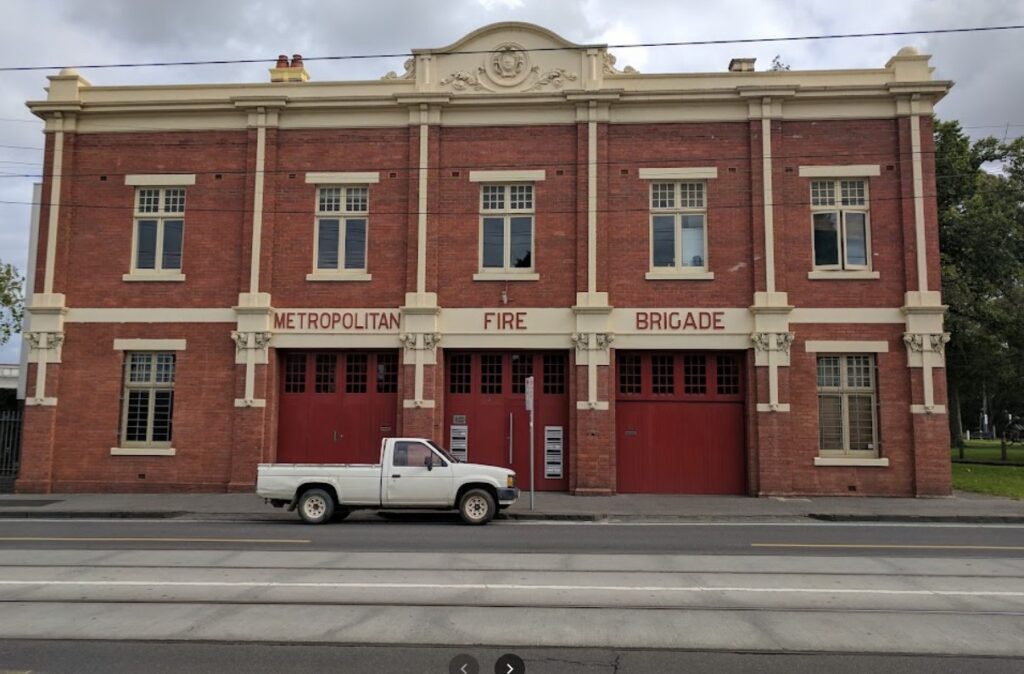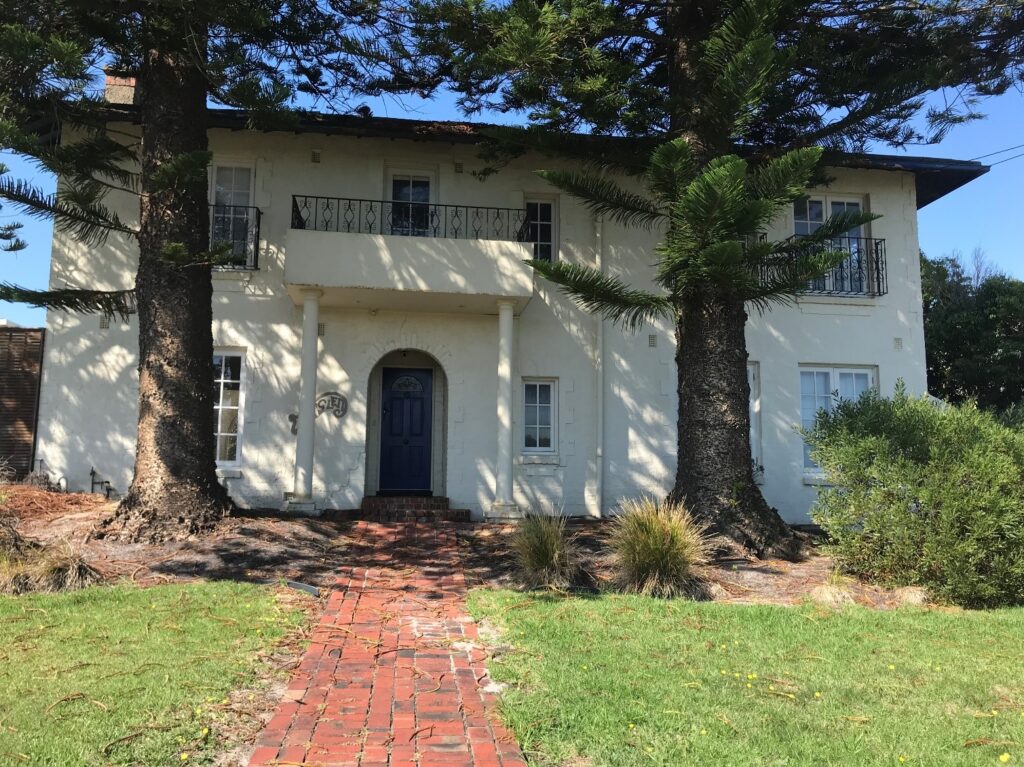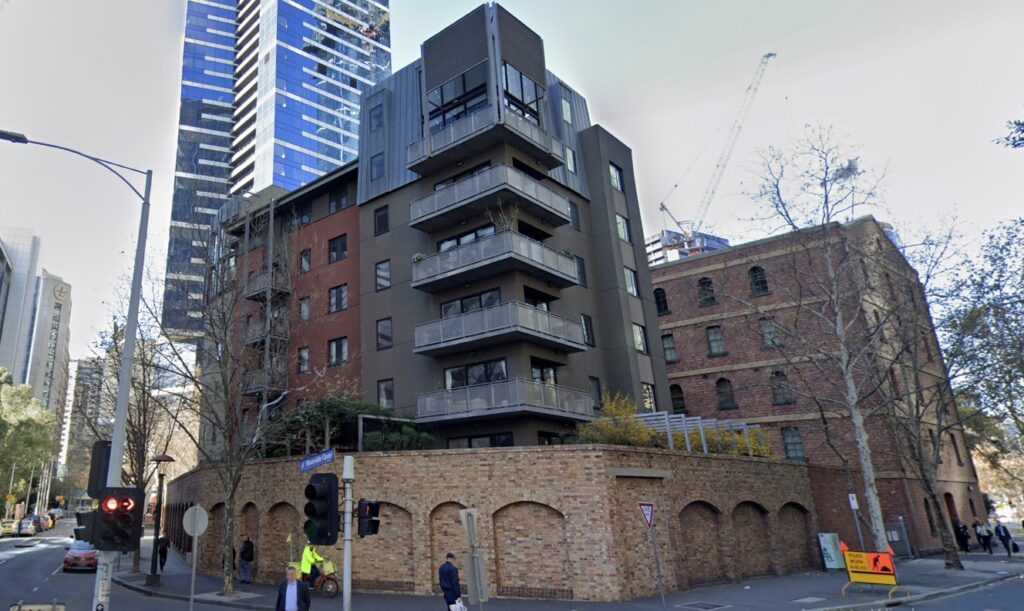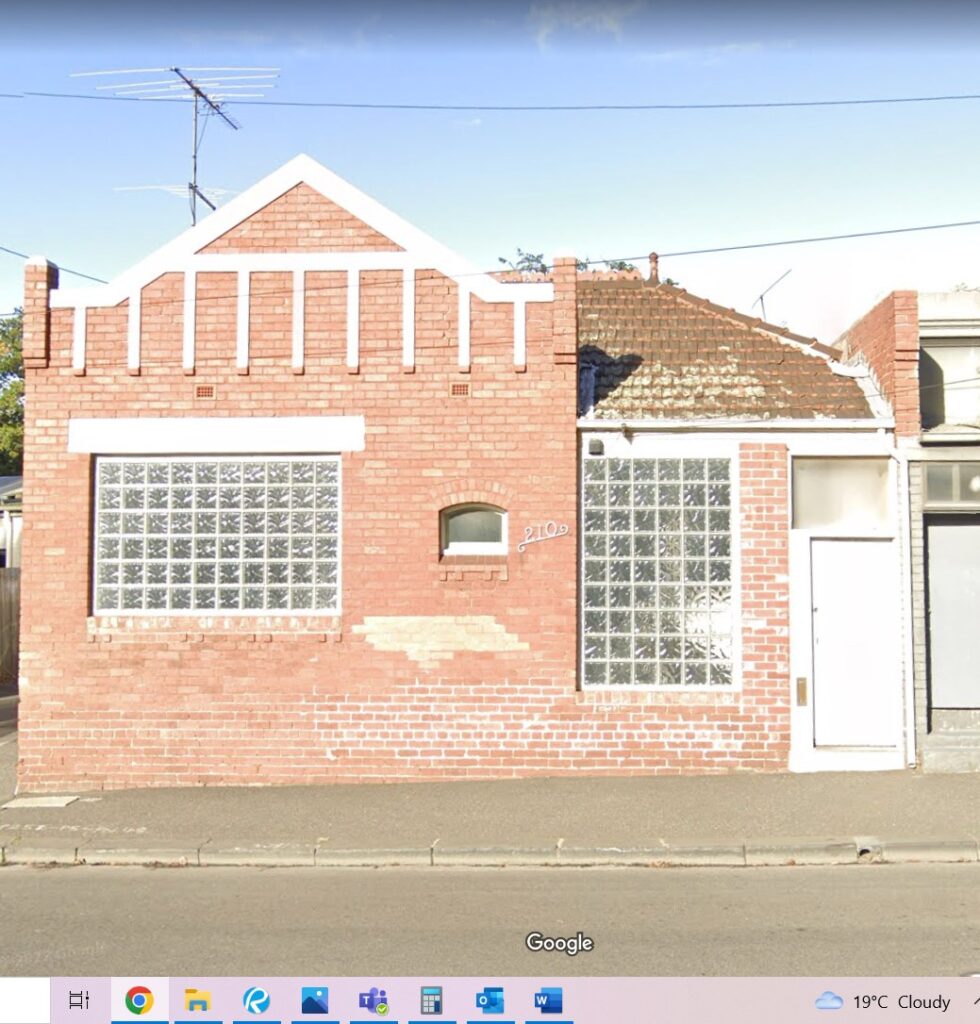Cracks in masonry and concrete walls, concrete columns, and floor slabs are a common occurrence, and Cescon specializes in identifying the nature and sources of cracking for our clients. While some cracks are purely cosmetic and superficial, others can be indicative of underlying problems that, if left unaddressed, can lead to serious structural damage in the future.
With extensive experience in dealing with cracks in all building types, including residential, commercial, educational, healthcare, and heritage facilities, Cescon offers analytical conclusions, practical and effective solutions (both long and short term), and maintenance protocols as part of our service. We assist our clients in taking immediate action and oversee the remediation process to ensure a satisfactory outcome. Some of the common residential defects encountered by our team include:
1. Residential cracks in masonry and concrete walls
2. Cracks in residential floor slabs and concrete pavements
3. Cracks/defects due to soil subsidence and settlement of footings
4. Superficial cracks caused by shrinkage and creep
5. Structural cracks caused by superimposed loads (including wind)
6. Cracks caused by earthquake action
7. Spalling and cracking caused by long-term exposure to water due to leakages or damaged pipes
8. Building or expansion of brick walls, including mortar fretting and damaged bricks
While construction type, wind and superimposed loads, and soil subsidence are some of the major factors behind residential cracks, the 2021 Mansfield earthquake has left many homeowners concerned about new and existing cracks in their homes. Cescon has been the go-to consultants for
post-earthquake conditions assessment due to our qualified and experienced personnel in the field of earthquake engineering and risk assessment. After the 2021 earthquake, Cescon provided conditional assessment reports for some of the most iconic structures in Melbourne, including heritage buildings. Our services include:
1. Existing conditions assessment of residential and commercial buildings
2. Design of retrofit or strengthening solutions for existing defects
3. Certification and design of structural modifications, including removal of existing walls
4. Post-earthquake defects inspections
5. Insurance disputes (independent assessment and advice)
6. Design of fit-outs, retrofits, and structural modifications.






